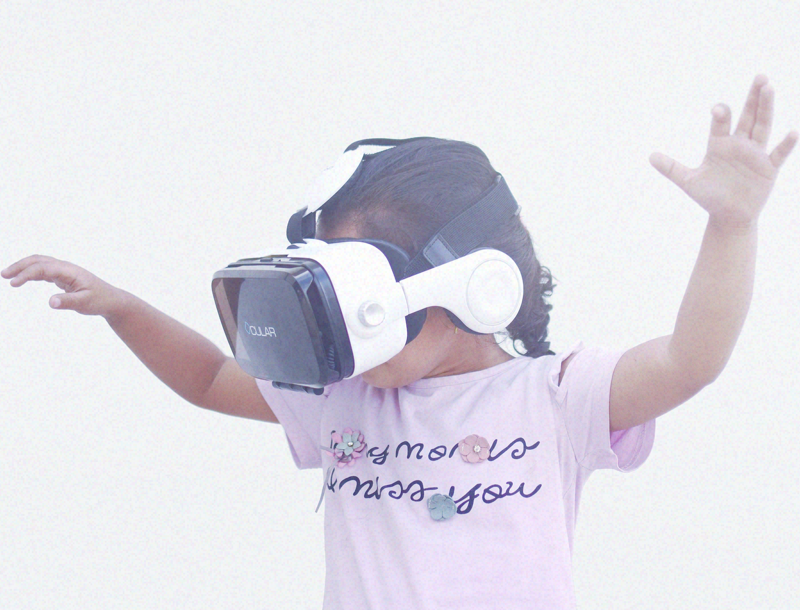Augmented reality integrates digital images, videos, and other features with our real surroundings. Teachers who use AR Solutions in the classroom can create amazing experiences for their students. Keep reading to learn more about the ways in which this exciting technology can improve e-learning for students.
First: a quick primer on augmented reality
How does augmented reality work? There are actually several ways this technology can be implemented. One way is to integrate scannable images into textbooks or worksheets. These can be scanned using a smartphone app that will then display videos, or images that are relevant to the topic at hand. Other augmented reality technologies use smartphone cameras to overlay digital images on top of student’s real physical surroundings.
AR Allows Teachers to Guide Students Through Self-Directed Activities
All too often, lecture style classes aren’t engaging for students. At the same time, many technologies such as computer based learning or video instruction eliminates teacher involvement altogether. AR is a technology that encourages student directed learning with guidance provided by the instructor. Teachers can take responsibility for teaching students how to use the technology, explaining the lesson objectives, and answering questions students have during the process.
AR Provides Teachers With an Opportunity to Increase Their Technology Competence
Sometimes, teachers and other educational professionals tend to be late adapters. This happens for a variety of reasons including the need for curriculum approvals and budgetary concerns. However, once those roadblocks can be overcome, AR is an ideal way for teachers to learn new technologies, and to pass that understanding onto their students.
Why is this beneficial? Students who are in school today, and who will be in the near future are part of the connected generation. They have never existed in a time when these technologies didn’t exist. They are the native generation, and they will engage better with teachers who have technological competence.
Want to leave students intent on your lesson? Show them how a smartphone can display a 3D model of an animal that they can ‘dissect’, or engage them with a video lecture delivered by a curator from the Smithsonian simply by scanning an image in a text book. Just watch what happens when a previously inattentive student becomes fully engaged.
AR Makes Classes More Interactive Than Ever
Why add cutting edge technology to the classroom if not to make learning more interactive and exciting. This is the point of AR technology. With augmented reality, teachers can bring what would normally be dry, boring topics to life. AR can also help visual and tactile learners ‘see’ subject matter in a way that they never could by listening to a lecture or reading a textbook. AR provides an alternative way of addressing a topic so that every student’s learning style is respected. This is a great technology for getting at-risk students to love learning again.
AR Can be Used to Evaluate Student Mastery
The standard tests and quizzes are rarely fun at all. In fact, they are a source of stress and misery for many students. It doesn’t have to be that way. With the right AR solutions, you can build assessments that more than adequately measure students’ competencies. Rather than using the standard pen and paper approach, students can complete AR driven tasks to prove that they understand the subject matter. Imagine pulling up a 3D rendering of the human body to show that you can identify all the parts of the digestive system. Not only would that approach be more appealing to students, it’s also a much better way for a teacher to actually ‘see’ that students have learned what they need to.
Cool Applications For AR in The Classroom
Still, not sure how you might use AR in your educational setting? Here are some really cool ideas that a great development team can implement:
-
Encourage students to build digital stories with AR elements.
-
Tour museums, nature trails, and other sites.
-
Explore foreign countries.
-
Examine anatomy and other biological features through dissection.
-
See geometric equations displayed in 3D.
-
Use scannable codes near classroom posters to play videos or other media.
-
Create immersive presentations that combine PowerPoint with augmented reality.
-
Have students make virtual worlds like they would in Minecraft.
-
Simulate laboratory experiments.
-
Create models to replicate weather conditions.
-
Teach students coding.
-
Gamify learning experiences in the same vein as Pokémon Go.
Now is a Great Time to Begin
Because AR and VR technologies have been around so long, they’re no longer bleeding edge. The tech is stable, well-supported, and proven. It’s also much less expensive to implement AR solutions in the classroom than ever before. Students only need tablets or smartphones, Google cardboard, and the AR technology you choose. Before you know it, your students will be enjoying in-classroom experiences like never before.

